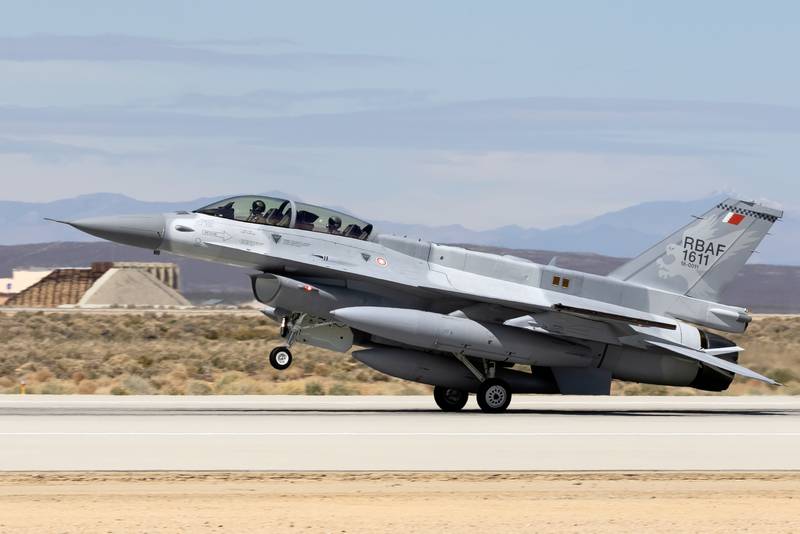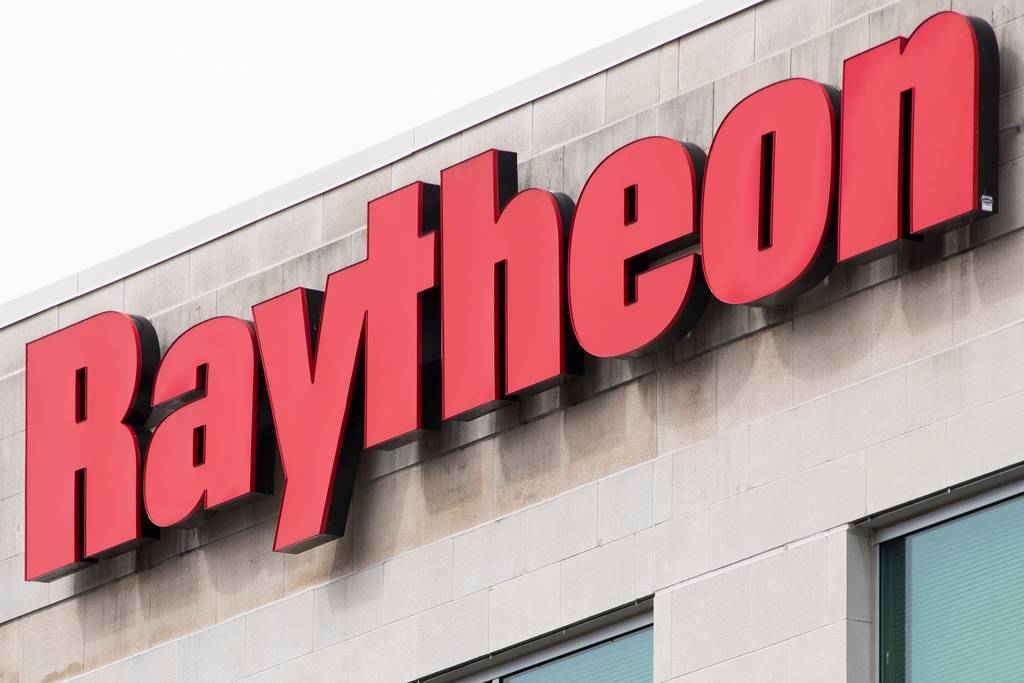WASHINGTON — The Air Force and the Navy have tapped Raytheon to design, build and test systems that fry electronic components with blasts of energy.
The company, a division of the rebranded RTX, plans to deliver prototypes for the Directed Energy Front-Line Electromagnetic Neutralization and Defeat program, or DEFEND, in fiscal 2024 and 2026.
Work on the high-power microwave antenna systems, as the company described them in an announcement earlier this month, is already underway in Tucson, Arizona. Its DEFEND contract is worth $31.3 million over three years.
“Non-kinetic defense systems are a key part of America’s national defense strategy,†Colin Whelan, president of advanced technology at Raytheon, said in a statement. “The new iterations of Raytheon’s high-power microwave systems are cost-effective and reliable solutions that operate at the speed of light — enabling our warfighters to defend against faster and more maneuverable threats.â€
RELATED

The Pentagon is spending an average $1 billion annually to develop directed-energy weapons, with the goal of deploying them aboard aircraft, warships and ground vehicles to bat down drones and missiles. High-power microwave equipment, specifically, works by unleashing waves of energy that overwhelm the internal circuitry of weapons, rendering them useless.
Raytheon said its prototypes will be rugged and transportable for front-line use against “airborne threats.â€
The company previously worked on the Counter-Electronic High Power Microwave Extended Range Air Base Defense, known as CHIMERA, for the Air Force. Overseas, Raytheon UK announced earlier this year it would install another type of directed-energy weapon, a high-energy laser, onto a Wolfhound armored vehicle.
RTX is the second largest contractor in the world when ranked by defense revenue, according to Defense News Top 100 analysis. The company earned $39.6 billion in 2022.
Colin Demarest was a reporter at C4ISRNET, where he covered military networks, cyber and IT. Colin had previously covered the Department of Energy and its National Nuclear Security Administration — namely Cold War cleanup and nuclear weapons development — for a daily newspaper in South Carolina. Colin is also an award-winning photographer.








